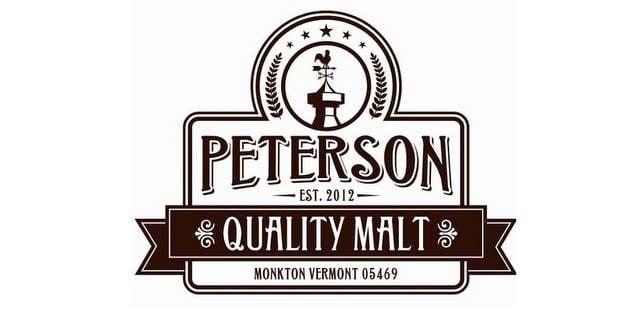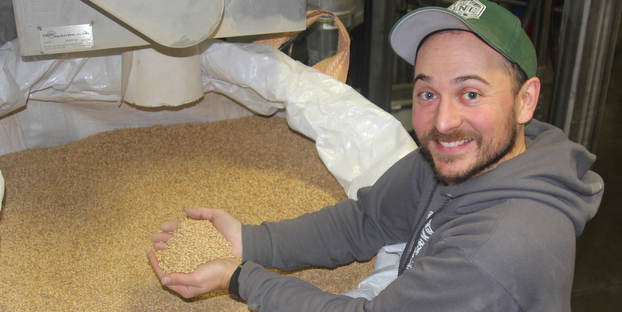For the last few weeks, we’ve been talking about malting barley, both the good and bad. First there was the report that 2017 will see the lowest U.S. barley production on record. But then there was the reminder that more and more areas of the country are trying to foster and grow their barley farming. A quick list from Keith Gribbins last week:
There are now malting barley breeding programs at Virginia Tech, Blacksburg, Va.; USDA-Agricultural Research Service, Raleigh; Ohio State University, Wooster, Ohio; and Cornell University, Ithaca, N.Y. Penn State‘s College of Agricultural Sciences basically wrote the book on growing malting barley in Pennsylvania, and you can read it online right here. Even Eastern Canada is getting in the mix.
Some states have added incentives to further cultivate these markets. One of those states is New York, which has been pretty progressive for localized beer overall.
And perhaps this decentralization of the malting barley growers could lead to even more innovation within the craft beer industry. As a key supplier of the beer industry, the malting barley supply has been constructed (and consolidated) to serve the needs of Big Beer, since that remains a majority of the market demand. And while much of what’s out there works just fine for a craft brewer, an industry that prides itself in innovation and quality ingredients is always in need of suppliers with a similar point of view.
This feature on Admiral Maltings in the San Francisco Weekly got our gears turning there. Founded by Curtis Davenport, Ron Silberstein (of ThirstyBear Organic Brewery) and Dave McLean (of Magnolia Brewing), Admiral Maltings is set to open up a modern facility soon that will allow them to try new techniques — or simply return to older, forgotten techniques — that could make malt as sexy as hops and yeast strains are today.
“There’s not even standardized ways of talking about barley flavor,” says Davenport, whose official title is Head Maltster. “There’s some good sensory analysis for malt, but to choose a barley based on the way the beer is going to taste was unheard of. That work is just now happening.”
This holds a lot of promise. If Admiral Maltings and other small-scale malt companies proliferate, they have the potential to give craft beer a boost, untethering the industry’s last rope that connects it to the industrial practices of the postwar era, when “Tastes great” and “Less filling” fought a Manichean battle that squeezed out all other aesthetic criteria.
We’re excited to see how this movement develops — and hopefully the barley crop reports in future years doesn’t derail it.






Leave a Reply
You must be logged in to post a comment.